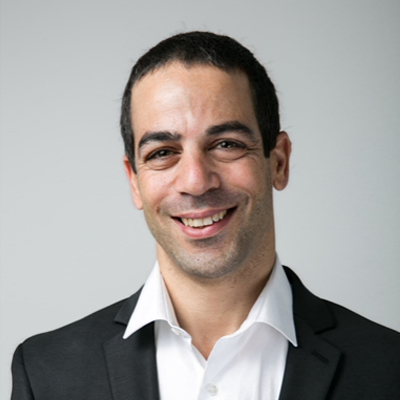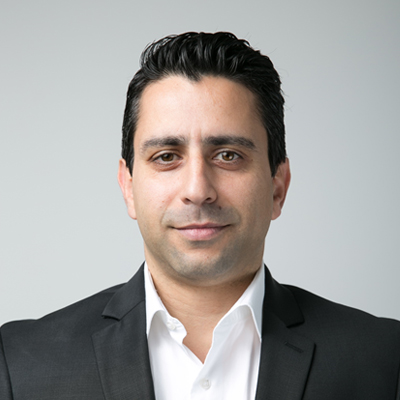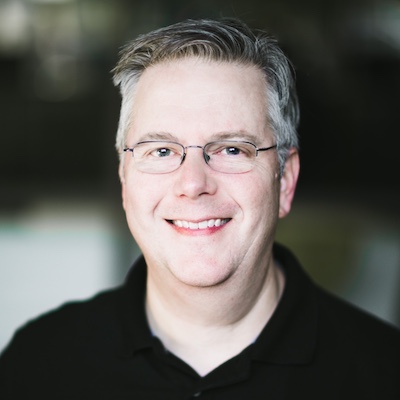DOP 71: Observability in the Cloud with CloudWize
Show Notes
#71: Observability can be broken down into three layers; software, infrastructure, and knowledge. Which of these things do you think is most important? Today, we discuss these items and more with Yotam Atad and Chen Goldberg from CloudWize.
Links from the Episode
Share and Download
Guests

Yotam Atad
Yotam Atad is the co-founder and CEO of Cloudwize.IO, a company that helps The RND/CloudOps gain observability and Control over their cloud architecture.
Yotam is an entrepreneur and has 15 years of experience leading technical teams and products. Before founding CloudWize, Yotam was the General Manager of Anyday INC., and before that the Co-Founder and Head of Product at O.P.S solutions. Yotam was also a product lead at Voyager Labs and a software team leader at the IDF intelligence unit 8200.

Chen Goldberg
Chen Goldberg is the co-founder and CTO of Cloudwize.IO, a company that helps The RND/CloudOps gain observability and Control over their cloud architecture.
14 years of experience in development and operation, building infrastructure and implementing best practices in start-ups and enterprise companies, as well as 14 years of experience as a software developer and later on an automation and performance team lead. In the last eight years, managed production cloud architecture and implementation of DevOps methodologies in startup companies and enterprises, managing their architectures in multi-cloud environments. DevOps tools freak.
Hosts

Viktor Farcic
Viktor Farcic is a member of the Google Developer Experts and Docker Captains groups, and published author.
His big passions are DevOps, Containers, Kubernetes, Microservices, Continuous Integration, Delivery and Deployment (CI/CD) and Test-Driven Development (TDD).
He often speaks at community gatherings and conferences.
He has published DevOps Paradox and Test-Driven Java Development.
His random thoughts and tutorials can be found in his blog The DevOps Toolkit.
